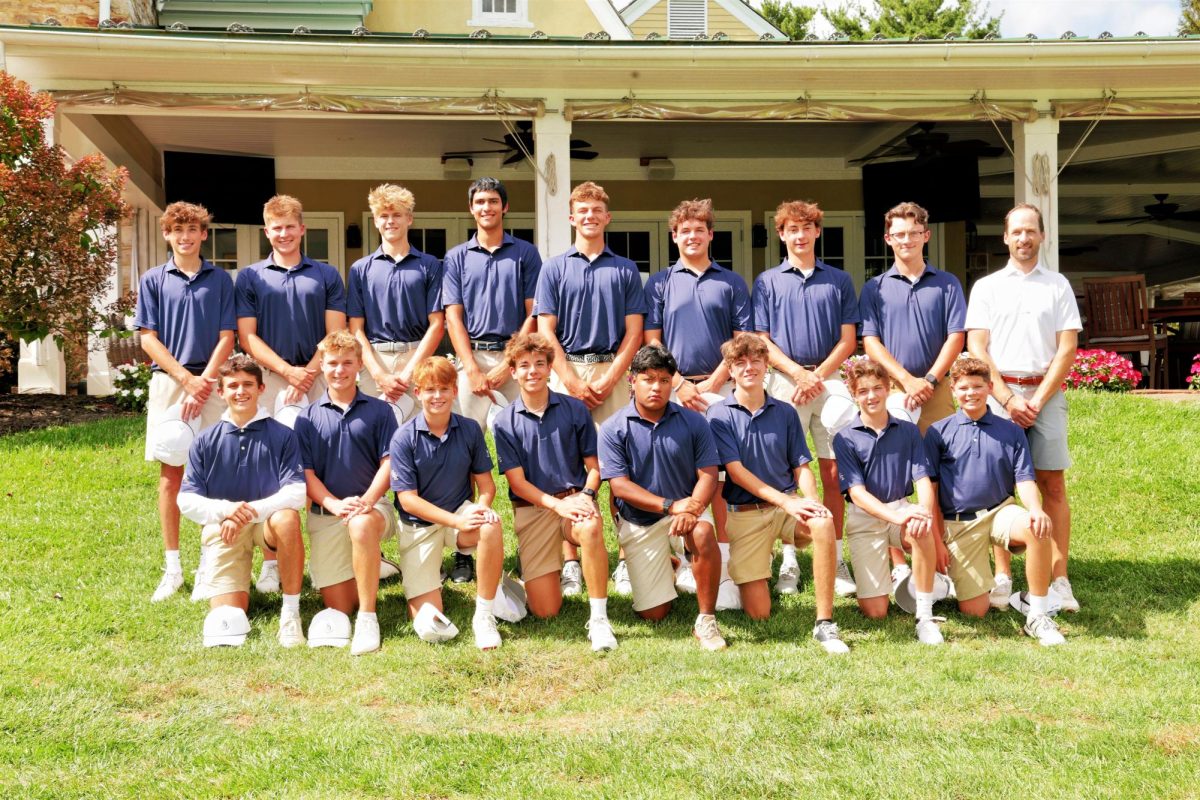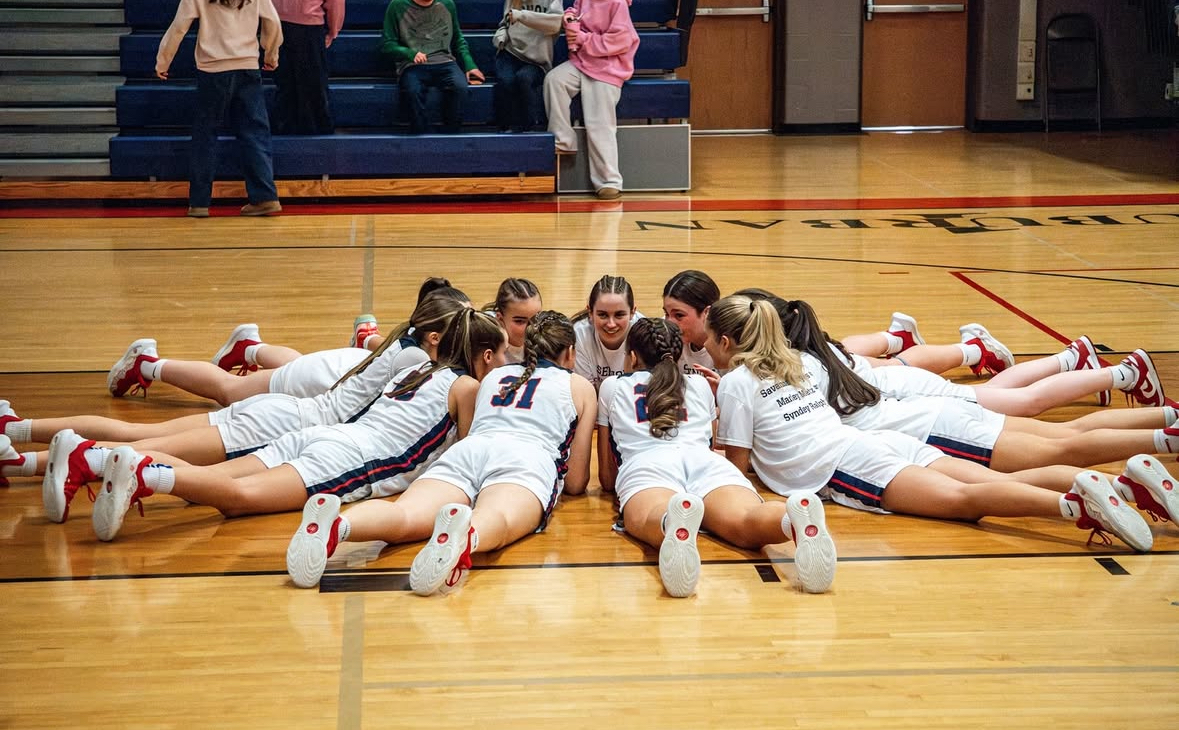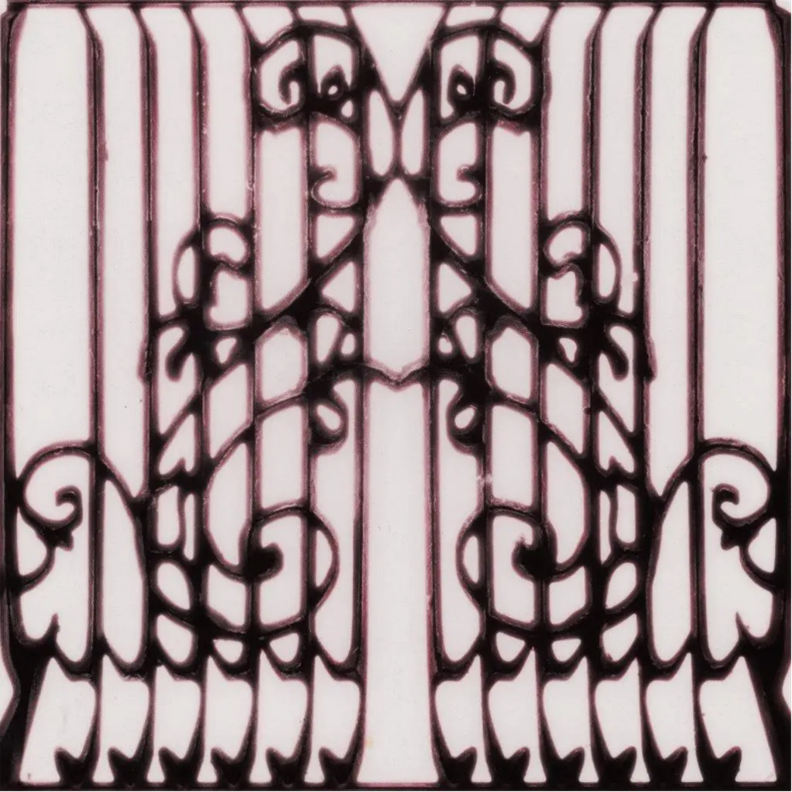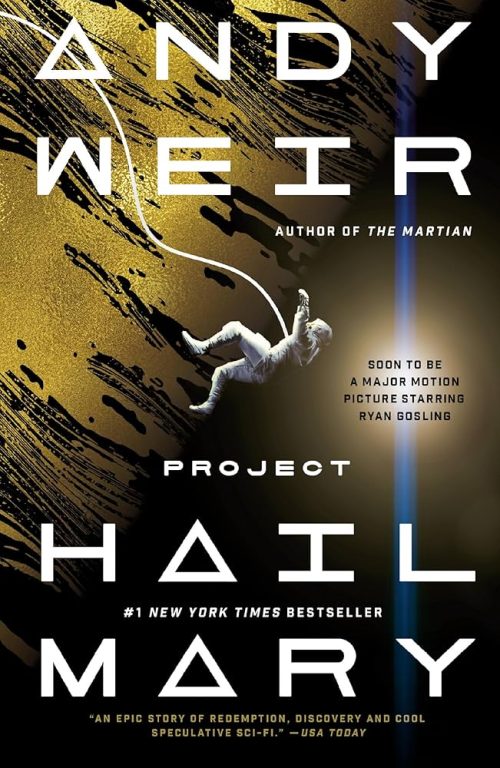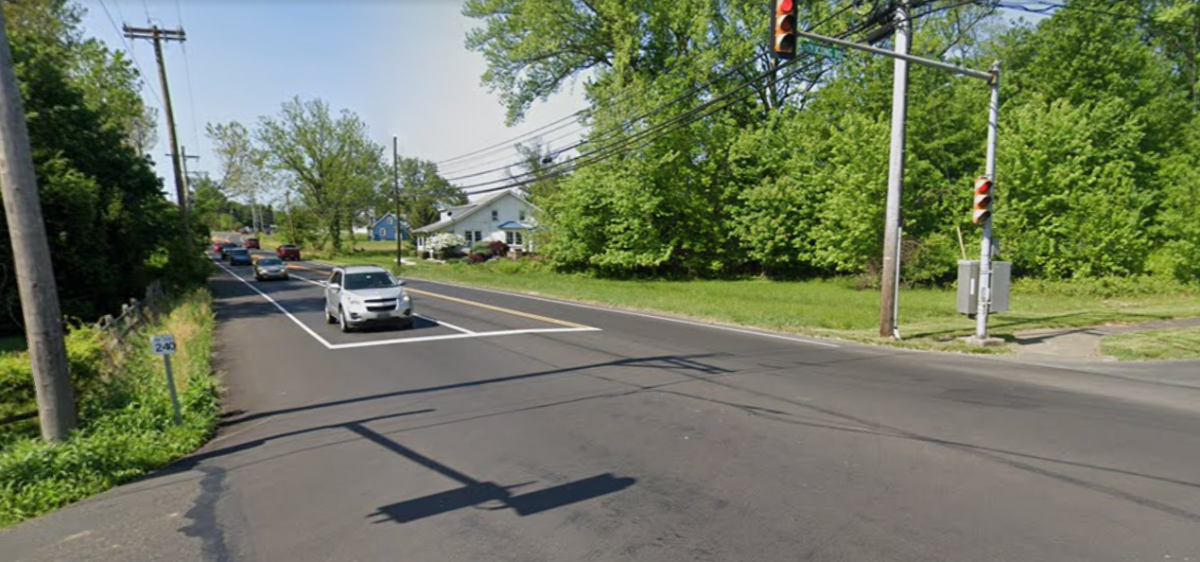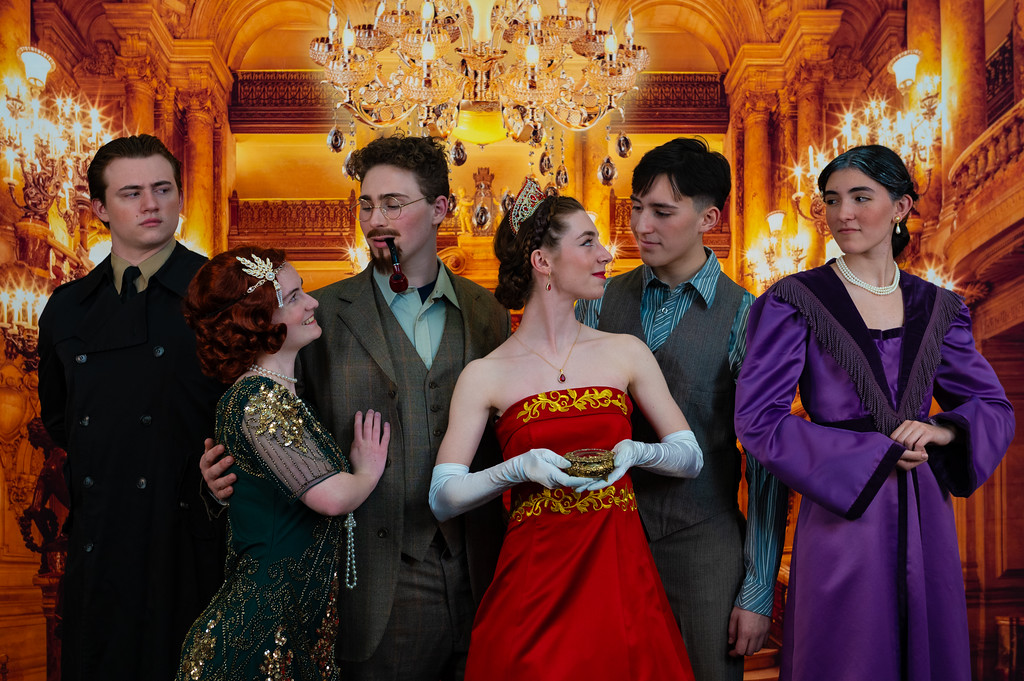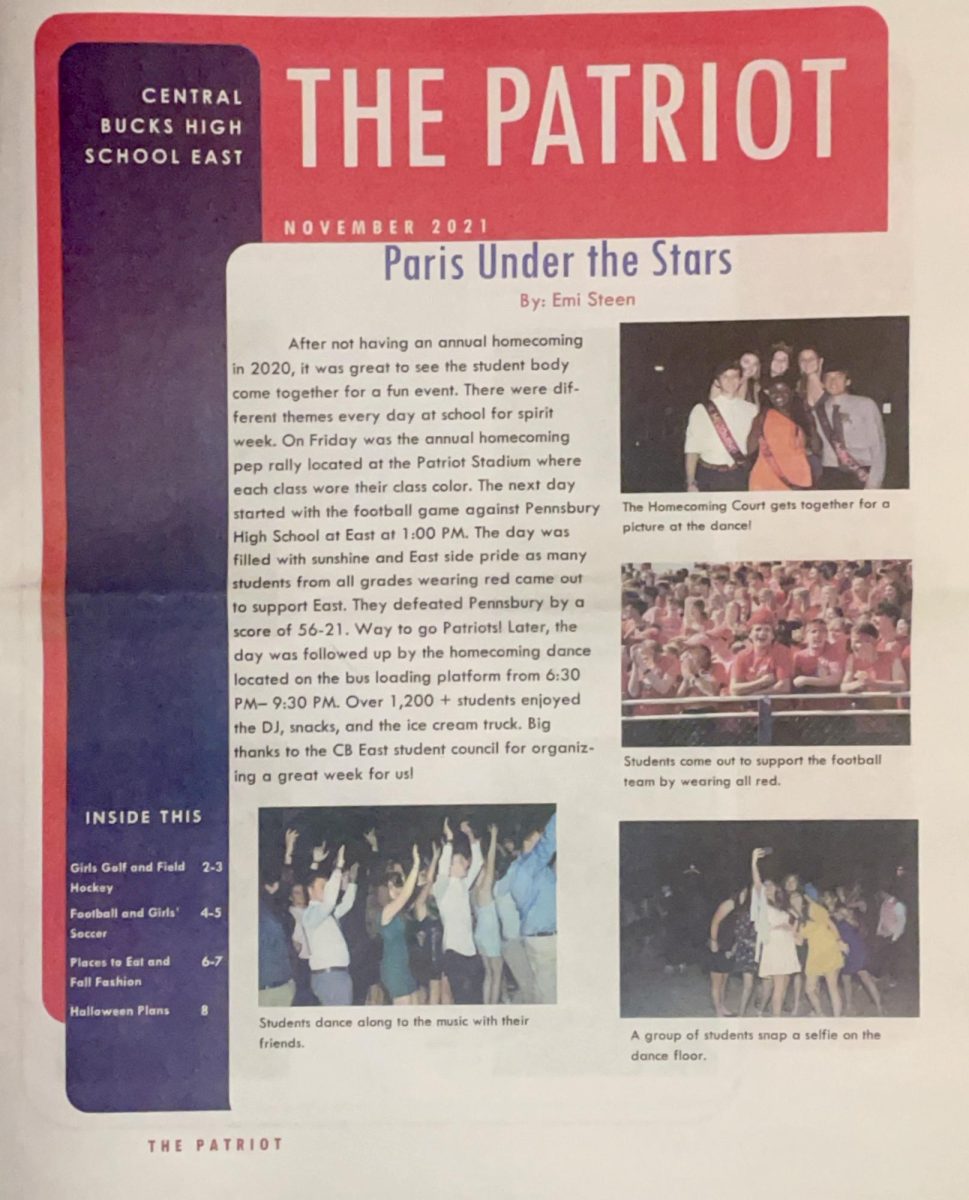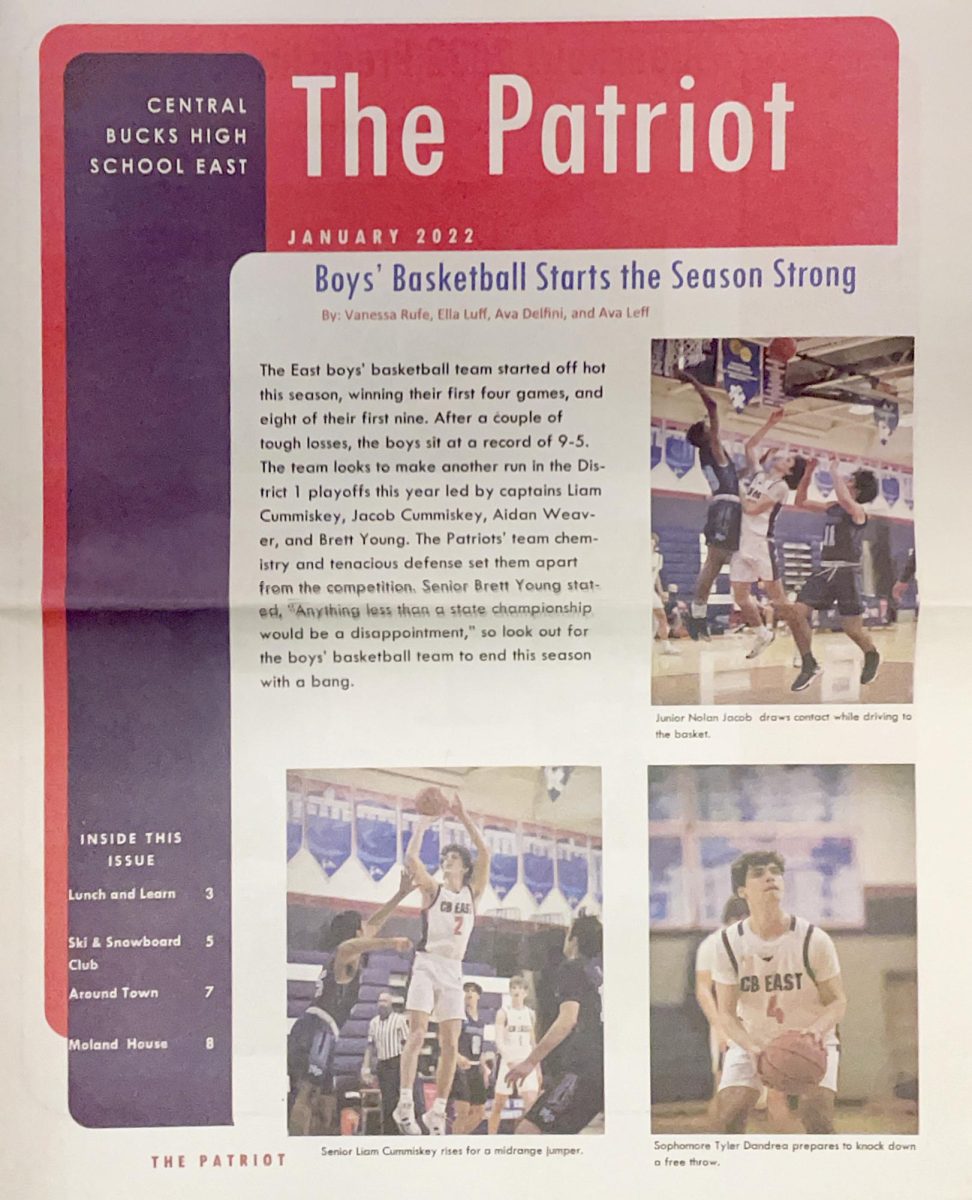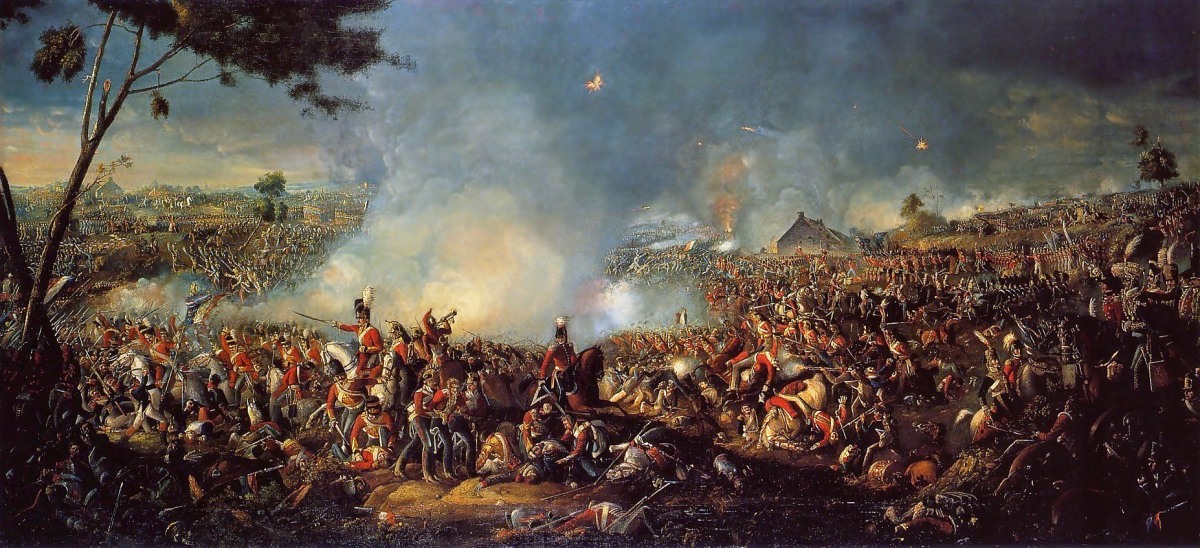The Battle of Waterloo began on the 18th of June in 1816 between French military general Napoleon Bonaparte and Arthur Wellesley, 1st Duke of Wellington. The conflict was south of the village of Waterloo in Belgium, where Napoleon sought to take on the allied army of the duke before it could be reinforced by a nearby Prussian army under Field Marshal Gebhard Leberecht von Blücher. Napoleon nearly succeeded in his goal. Bonaparte’s men had captured the farmhouse of Le Haye Sainte and were prepared to break through the allied center. Alas, the timely arrival of several Prussian corps caused Napoleon and his forces to retreat into Europe with the loss of most of their forces. Napoleon was exiled to the island of St. Helena, where he died not too soon after. Two-hundred-and-eight years later, archaeologists are still trying to decipher what happened on that day.
A couple weeks ago, archeologists working with the organization Waterloo Uncovered excavated several amputated limbs and horse legs found in a massive “gore pit” at what was formerly known as the Mont-Saint-Jean field hospital. The trench appeared to have been designed to clear the hospital of gore after the battle. With it they found one set of human remains, which is only one of two corpses that had been found at the site. British archeologist Tony Pollard suggests that the corpse was treated with dignity before it was buried. “The layout of the trench, with all animals remains on one side of the ammunition box barrier and all the human remains on the other, strongly suggests that the men who buried this individual [the skeleton] attempted to offer him a level of dignity and respect despite the horrific scene they would have found themselves facing while clearing the field hospital of the dead.” Limbs at the trench had shown signs of being cut off with a surgical saw. Historians and archaeologists estimate that there were 500 limb amputations at the battle of Waterloo, with approximately 6,000 allied soldiers and their French prisoners being treated there. To the north of the gore pit, remains of oxen and horses had been uncovered.
Waterloo Uncovered is a registered UK charity that combines a world-class archaeology project on the battlefield of Waterloo with a support program for veterans and the military community. Working in partnership with some of Europe’s top universities, and through the unique perspective of a team comprised of archaeologists, veterans, and serving soldiers, Waterloo Uncovered aims to understand war and its impact on people — and to educate the public about it. Waterloo Uncovered combines world-leading archaeology with the recovery and wellbeing of veterans and serving military personnel (VSMP), many of them suffering from the physical and mental impacts of their service. The project had its origins in the shared experience of two men, Mark Evans and Charlie Foinette. Both had studied archaeology together and both subsequently served as officers in the Coldstream Guards — a regimental connection that was to prove key in opening this closely protected battlefield to archaeological exploration.

